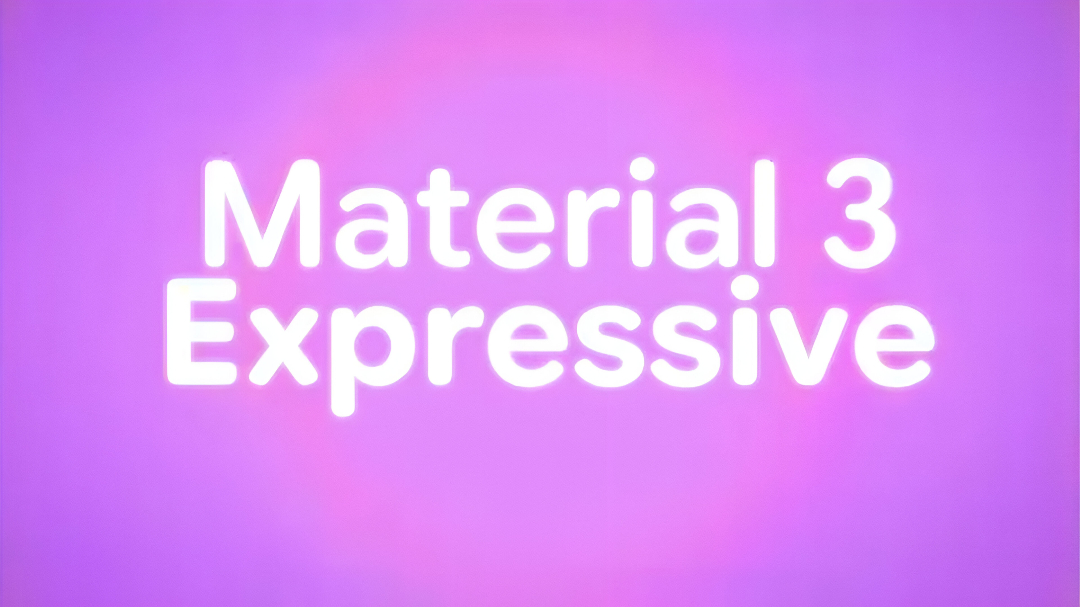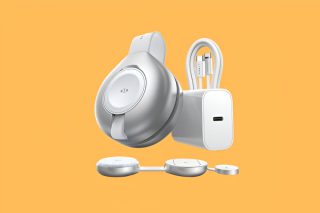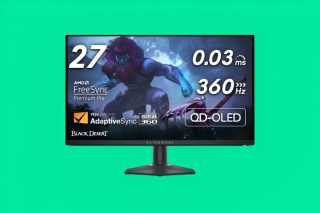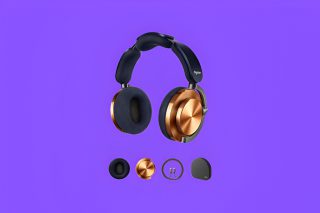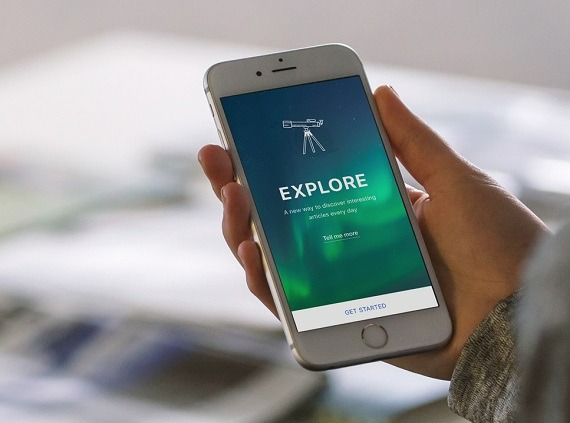Google just pulled a Taylor Swift-level accidental album drop by leaking details about Material 3 Expressive, as first reported by 9to5Google, its upcoming Android design language. The leak happened through a blog post that vanished quickly, but not before internet sleuths preserved it via the Wayback Machine.
The new design philosophy, as described in Google’s now-deleted blog post, aims to move beyond “clean” and “boring” interfaces to create experiences that connect with users emotionally. (Somewhere, a UX designer is nodding knowingly while sipping an oat milk latte.)
From Design Discussion to Breaking Boundaries
This design evolution began in 2022, when Google’s Material Design team started questioning app uniformity. According to the leaked blog post, the team asked: “Why were all these apps looking so similar? So boring? Wasn’t there room to dial up the feeling?”
What followed was like watching a band evolve from garage jams to stadium tours. Google conducted 46 research studies with 18,000 participants worldwide, refining their approach through eye tracking, surveys, and usability testing, as confirmed by multiple reports on the leak. Google has already unveiled several recent innovations, like its ‘Jarvis’ AI that can browse the web autonomously.
The Secret Ingredients
Material 3 Expressive mixes color, shape, size, motion, and containment like a master chef combines flavors to create something greater than the sum of its parts. The blog post explained that these elements are “fundamental to what makes a product more usable by drawing attention to what matters in the interface.”
The floating toolbar – already spotted in Google Chat – doesn’t stretch across the entire screen, allowing for more dynamic designs. According to Google’s research, this approach makes interfaces more accessible for everyone, including older users who performed on par with younger participants in usability tests.
The Plot Twist: Google vs. Apple
In a move straight out of a tech rivalry movie, Google’s research indicated people preferred Material 3 Expressive over designs following iOS Human Interface Guidelines. The leaked blog post specifically mentioned a strong preference among younger users, with particularly high favorability ratings.
Brands adopting the expressive design saw a 32% boost in “subculture perception” (translation: they seemed less like the corporate equivalent of dad jeans) and a 30% increase in rebelliousness, positioning them as innovative leaders, according to Google’s published research figures.
What Happens Next
The official unveiling will happen at Google I/O 2025 later this month, where developers will get files and alpha code to experiment with, as confirmed by the Google I/O schedule. Not everyone may embrace more expressive designs – some might find them distracting, similar to how some viewers couldn’t handle the intensity of “Everything Everywhere All At Once.”
As this design language rolls out, the big question remains: will Android’s emotional makeover create stronger connections with users, or will it be just another relationship that starts strong but fizzles out? The answer depends on whether Google can translate its impressive research into real-world benefits that users notice.
Until then, your phone is about to get in touch with its feelings. Just don’t expect it to start crying when you drop it.


